In This Issue
The opinions, beliefs and viewpoints expressed in this publication are those of the authors. They do not necessarily reflect the opinions, beliefs, viewpoints or official policies of Autism Society Alberta. |
|
|
Creating a Provincial Housing Support Network
Exciting Announcement!
Creating a Provincial Housing Support Network
An exciting new collaboration between Autism Society of Alberta, Autism Edmonton and The Sinneave Family Foundation will leverage the energy, expertise and success of the Aspires Housing Group of Calgary to grow support for families and access to housing opportunities across Alberta.
The vision for the collaboration is to work together to better understand housing needs across the Province, extend the reach of support to families, learn from each other to proactively facilitate new housing solutions and establish a provincial approach to recruitment in order to capitalize on housing units as they become available.
Individuals and families from across the province are invited to join the Provincial Housing Support Network. By joining the network mailing list you will receive information about activities and resources in areas of Alberta that may be of interest to you.
To indicate your interest in joining the Provincial Housing Support Network mailing list, please send an email to info@autismedmonton.org. In the subject line type “Provincial Housing Support Network mailing list” and in the body of the email include your first and last name, email address, and the city or region of Alberta that you currently live and/or are interested in hearing about housing opportunities in.
More About the Collaboration
The Autism Society of Alberta through its Provincial Family Resource Centres will facilitate expanding a family support network based on the Aspires model to better serve the entire province, coordinated through the Family Resource Centres across the province.
Autism Edmonton will be adding a full time Housing Coordinator role with a mandate to advance opportunities with affordable housing providers in the Edmonton area.
The Sinneave Family Foundation will support the housing focused provincial network expansion and continue to facilitate housing opportunities in the Calgary area.
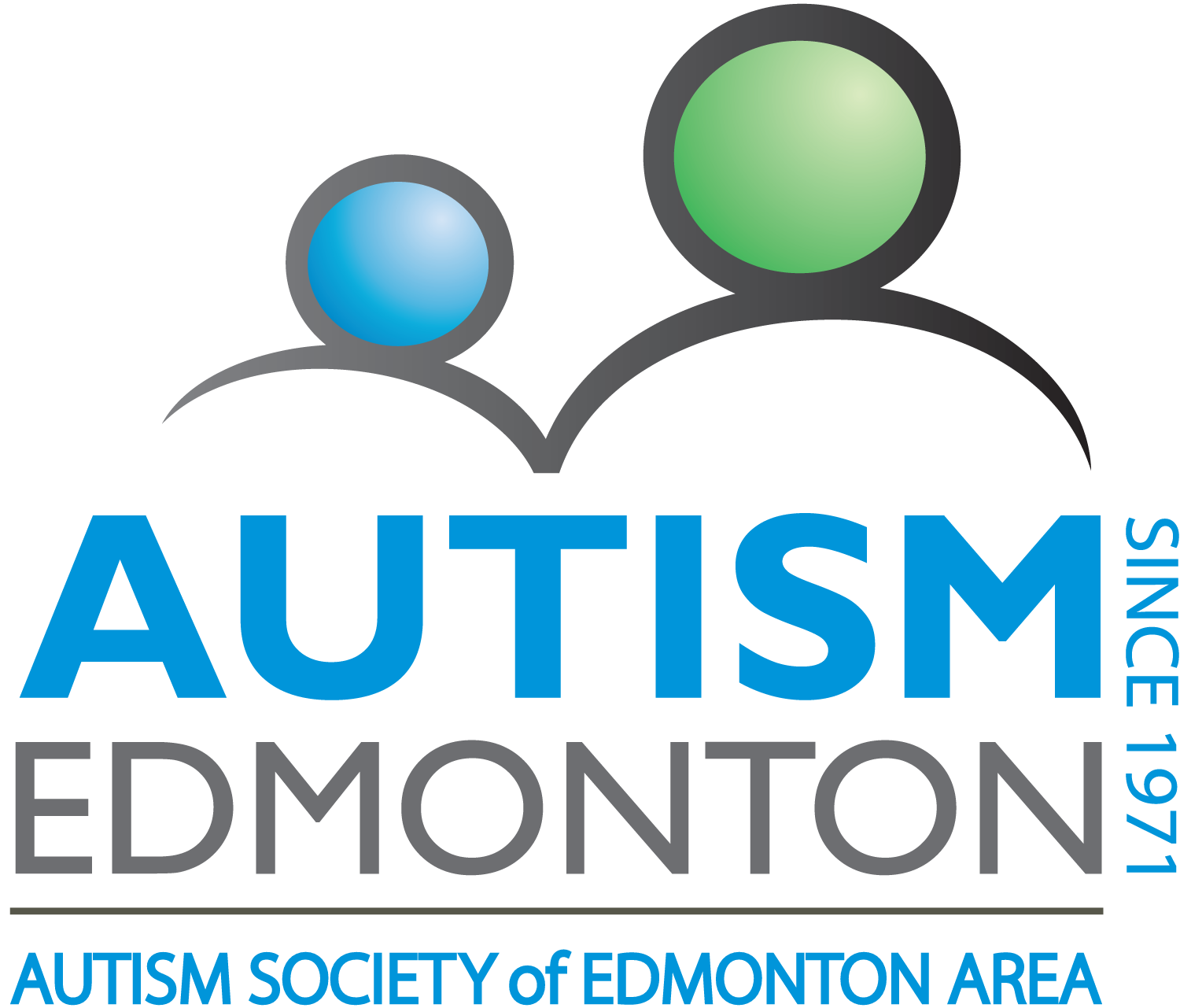 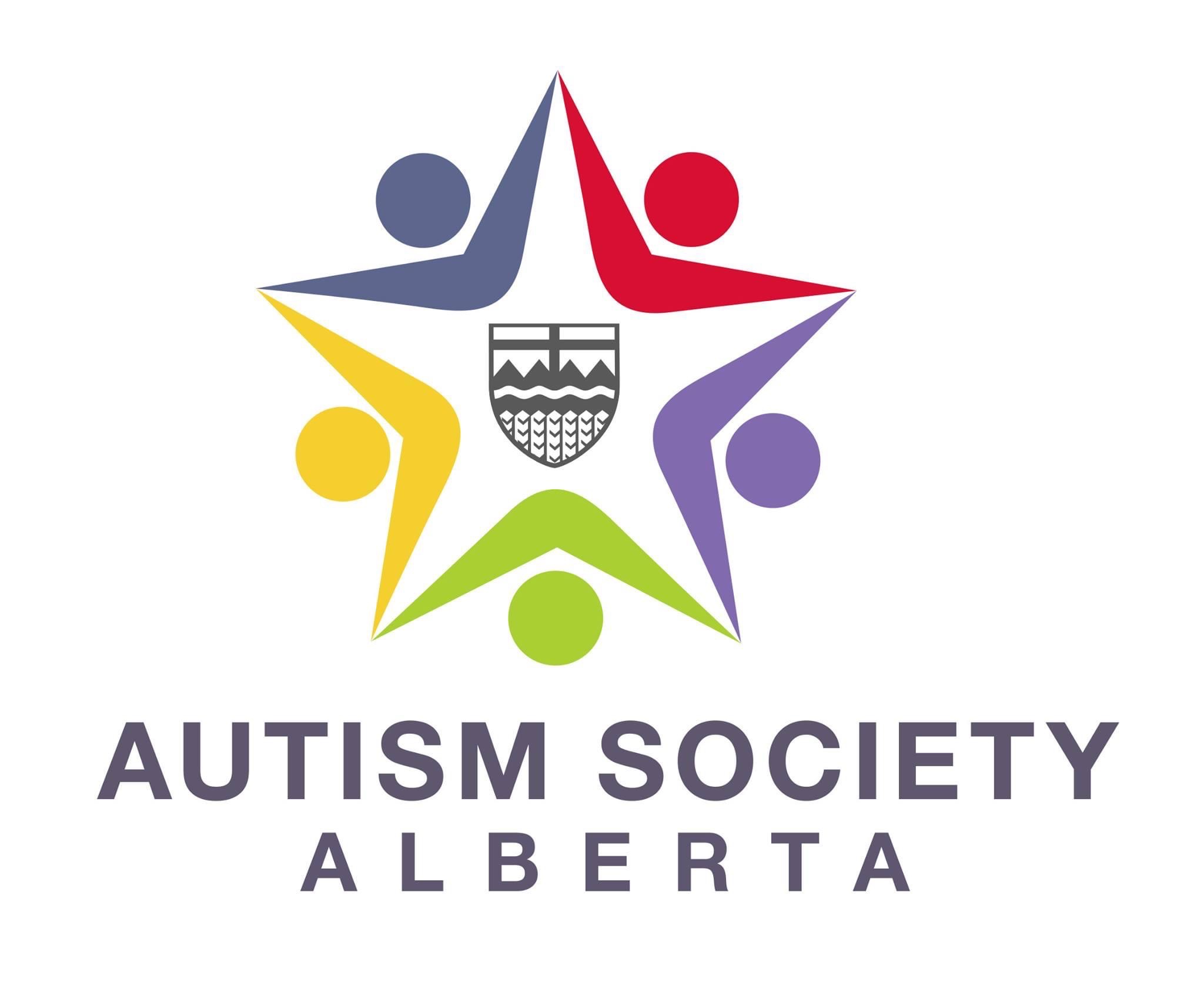 
|
|
|
Welcome a New FRC!
Welcome Our New, Specialized Family Resource Coordinator!
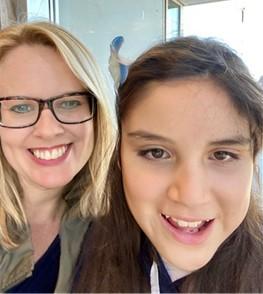
Lisa Nicholson (left) and her daughter Katie
Lisa Nicholson is the All-Alberta Family Resource Coordinator dedicated to supporting an awareness campaign to ensure families are utilizing the Registered Disability Savings Plan (RDSP) program. The RDSP program provides financial incentives to support and encourage families of diverse socioeconomic backgrounds to save funds for future periods of uncertainty, ensuring a quality of life for a loved family member.
Lisa will be providing monthly presentations to individuals wanting to find out more. She will also be available for direct support to assist individuals in understanding what an RDSP is, and what steps are needed to obtain one.
We are pleased that Alberta's Family Resource Centres are expanding staff and resources to support families with the RDSP, and we welcome Lisa Nicholson to this new role. For support regarding the RDSP, start by contacting your regional Family Resource Coordinator here.
|
|
|
‘Tis the Season for Summer Camp
Kitty Parlby
Looking for some summer fun and adventure for your autistic loved one? Whether they are adults, teens, or children, many can benefit from the physical and social aspects, and a chance to grow their independence a little by spending time with peers. Summer is a great time to do this while participating in fun activities.
There are quite a few camps I really would have liked to include, but they were already full. And more may become full by the time we publish. I guess the take-away is that we parents need to start looking for camps in February or March! Some camps I have listed are specifically for autistic or disabled individuals, others are mainstream camps or faith-based camps.
Northern Alberta
Camp Tamarack: “An inclusive and barrier-free outdoor camping experience through accessible, fun-filled, and innovative programs.”They have programming for children, teens & adults. 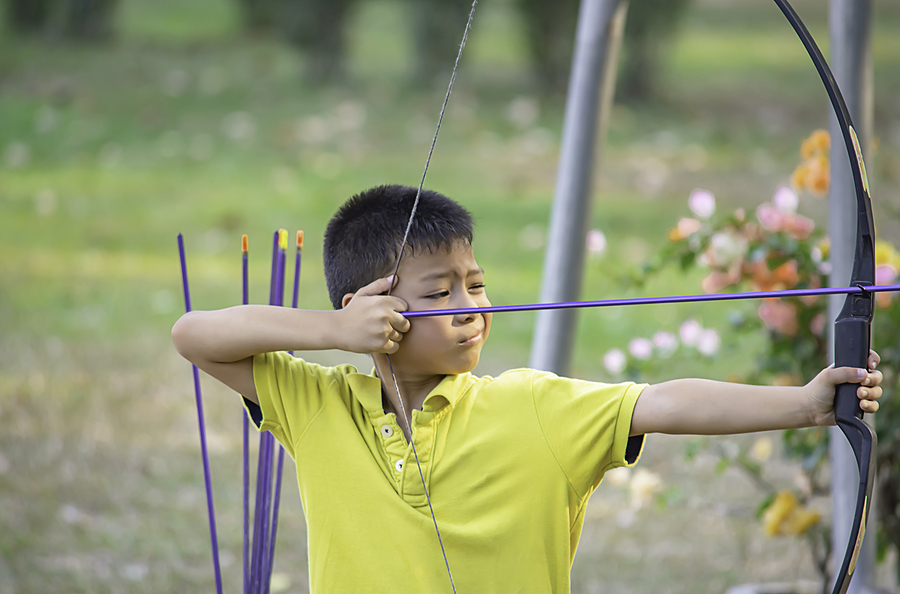
Location – Grande Prairie
Bear Lake Bible Camp: A faith-based camp located for children and teens. They are open to admitting campers with disabilities on a case-by-case basis.
Location - Bear Lake, near Sexsmith
Joy Camp: A faith-based camp for adult campers with physical and mental disabilities.
Location – Bear Lake, near Sexsmith
Joy Camp: A faith-based camp for adult and teen campers with physical and mental disabilities.
Location – David Thompson Bible Camp, near Fairview
MacDonald Island Park Camps: Various camps for children aged 3 – 12. Their 2022 camp guide says “If your child has disabilities, please contact us directly at MIPAdventureCamp@rrcwb.ca to discuss how we can accommodate their participation and maximize their experience in our summer camps.”
Location – Fort McMurray
Edmonton & Area
AdaptAbilities Summer Camps: These camps are designed for children, teens and adults with disabilities.
Centre for Autism Services Alberta: A variety of camps for children and teens (ages 3 – 17). Once you go to the link, click on the age group you want, and then click on the ‘camps’ category.
Children’s Autism Services of Edmonton: They have 3 different locations in the city, and camps for children and teens.
Robin Hood Association: Their summer camps are for children and teens with disabilities. For more information email Alex Watts: awatts@robinhoodassoc.com
Location – Sherwood Park.
Steadward Centre for Personal & Physical Achievement: A variety of inclusive camps for children and teens, and sometimes young adults (as they consider developmental age as well).
Location – Edmonton (University of Alberta)
Strathcona County Summer Camps: Many choices of camps, including activity, arts, and swimming camps, for children and teens.
Various locations in Strathcona County (east of Edmonton)
Central Alberta
Camp Evergreen: A faith-based camp for children and teens.
Location – Near Sundre
Camp L.G. Barnes: This is a year-round camp for adults with disabilities. Contact them to ask for more information about what they offer.
Location – Gull Lake
Kandu Camp: An inclusive day camp for children and teens (ages 7 – 17) that “offers a wide variety of recreation, sport, and craft activities.”
Location – Camrose
Kasota East Camp: This is a faith-based summer camp that “offer a dynamic camp program” for children & teens.
Location - Sylvan Lake
Note: Also check out Camp Kasota West
Rehoboth: A faith-based camp, mainly for adults with disabilities (although they have one week for “youth” ages 8 – 20).
Location - Near Gull Lake
Youth HQ: They have 2 streams of summer camps, both very inclusive.
- Camp Alexo is their overnight camping. The various options encompass children and teens.
Location - Nordegg
- They also offer day camps in Red Deer and some of the surrounding communities (like Delburne, Benalto, Penhold, Springbrook, & Poplar Ridge) for ages 7 – 12 HERE
Salem Acres Bible Camp: They have a variety of faith-based summer camp programs for children and teens.
Location – Near Elnora/Big Valley
Calgary & Area
Between Friends – Camp Bonadventure: A fun outdoor inclusive summer day camp for children and teens (ages 4-17), with two locations in the city.
Bloom Wellness Collective: Inclusive and adapted camps for children, teens and adults, at various sites Calgary & area.
Calgary Quest Adventure Camp: Inclusive summer camps for children and teens, with a different theme each week which includes weekly field trips.
Camp Chestermere: A faith-based camp for children and teens. They have both day camp and overnight camp.
Location – Chestermere (East of Calgary)
Cassidy Brown Summer Camps: Weekly themed summer camps for children and teens with developmental disabilities. For their weekend/week-long camps, scroll down to the bottom poster.
University of CalgaryAdapted Sport & Recreation Summer Camp: This camp is centered upon giving children and teens with disabilities the opportunity to explore various adapted sport, recreational and leisure activities.
Southern Alberta
Big Marble Go! Adaptive Camps: These camps for teens “feature various types of unique adapted activities and sporting opportunities.” (Scroll further down the page to ‘Summer Camps’ to see a variety of other camps inclusive for all children aged 3 – 12.)
Location – Medicine Hat
Lethbridge College Summer Camps: They have really great summer camps options for children & teens.
Location - Lethbridge
Southern Alberta Bible Camp: An assortment of faith-based camps for children and teens, on the lakefront of Travers Reservoir.
Location – An hour north of Lethbridge
YMCA Lethbridge: Various camps to choose from for children aged 5 – 12.
Location – Lethbridge
YMCA Medicine Hat: They have a variety of camps to choose from for children and teens aged 4 – 14.
Location – Medicine Hat
University of Lethbridge STEM (Science, Technology, Engineering & Math) Summer Camps: Interesting camps for children and teens (grades 1 – 10).
Location - Lethbridge
My list is not exhaustive. You may very well be able to find other camps in your area that are not exclusive to those with disabilities, but with a little friendly conversation, they may be open to including your family member. Check in with your local youth groups, science centers, museums, churches, YMCAs, community organizations, horse therapy ranches, and city/town summer programming. Another great resource is the Alberta Camping Association website, where you can click on ‘Find A Camp’, and search for one in your area. Check it out HERE.
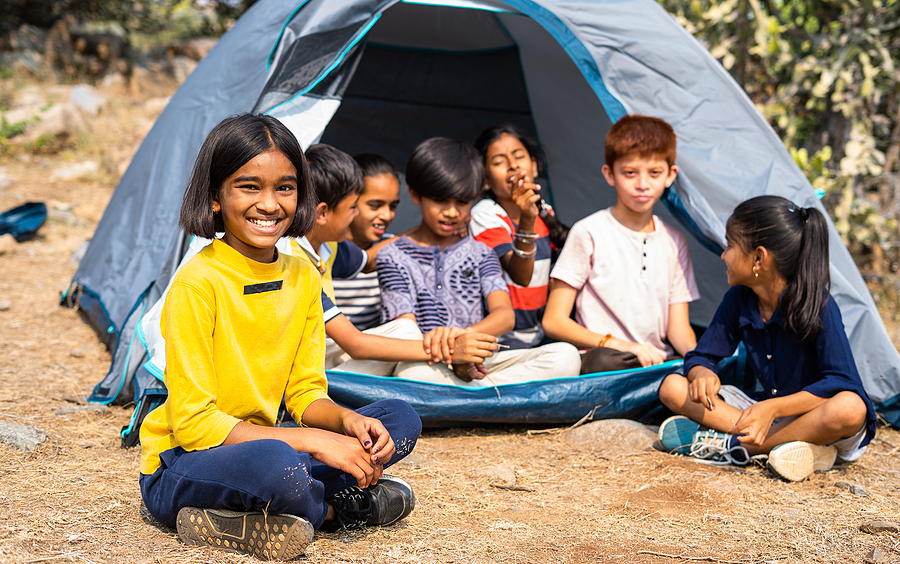
It is said that a change is as good as a rest. Summer camp can be both of those, for camp attendees, and for the caregivers who enable the adventure.
Kitty Parlby is the mother of an autistic young adult, and a former special needs Educational Assistant. Currently, she is an autism speaker and consultant with Autism Inspirations, and also works as the Family Resource Lead for Autism Society Alberta.
|
|
|
Walking
Terri Robson
Walking
Around twilight
in the dark,
bumping into things at your own peril
My life in a day as an Aspie
Crashing into awkward social situations,
Questions I don’t know how to answer
Conversations I don’t know how to participate in
You slide seamlessly into it all
A round peg made perfectly to fit into life’s whole
I feel like a square peg, 4 corners to fit in a triangle
Do I fit anywhere? Maybe I’m a trapezoid.
You look at me; I don’t look square
Yet I don’t react and respond like you
I am different, but I am the same
Thoughts, emotions, questions, opinions
Just different from yours
Each one of you I meet has differing thoughts and emotions
Do you question most things so you know how you fit in?
I must. I need to know how to fit into this strange world
Will I? See me as those similar to me do and give us a chance.
You’ll see. We can walk together.

Terri Robson is an autistic woman and owner of Awkward Spirit. She is also on the editorial board of the Canadian Journal of Autism Equity.
|
|
|
Meet ASA's Family Resource Coordinators
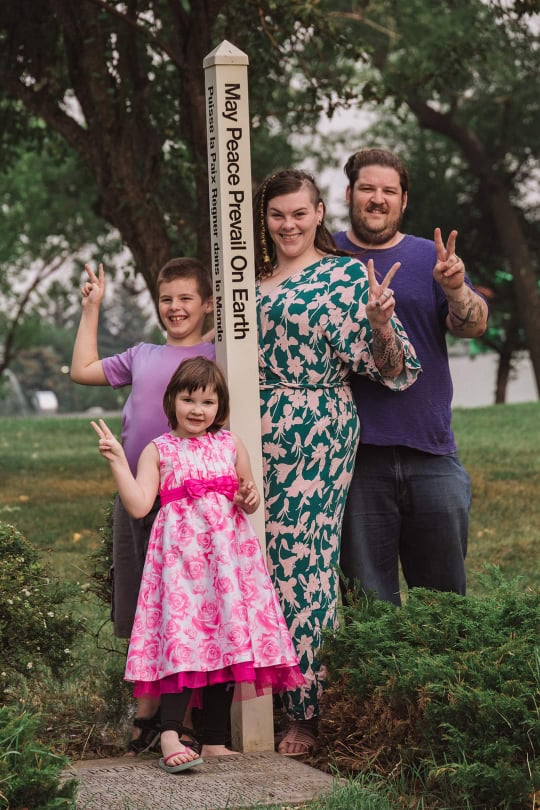
Hello everyone!
My name is Brandon Rudics, and I am proud to be your Family Resource Coordinator in the Lethbridge region.
I am a father to an 8 year old boy with autism, and also have autism myself. You may have seen some of my articles I have written for this wonderful newsletter over the years.
I love helping families, and teaching them about all the services and support they are able to receive in my community. If there is something I do not know, I will certainly find the answer for you!
Please reach out if you have any questions or concerns about supports in the Lethbridge area.
Thank you so much for reading!
Brandon can be reached at FRClethbridge@autismalberta.ca
|
|
|
All I Want For My Kids
Karla Power
When I think about the top three things I want for my kids, it is likely the same as any parent: I want them to be healthy, happy, and included!
Although having autism comes with some dietary challenges, which can result in digestive issues, and some risk-taking behaviour which can lead to injuries, the boys’ health seems fairly good. In fact, I often think about how lucky we are that we do not have to attend several medical appointments a year. Those mamas are so strong!
When it comes to happiness, I feel like they both are happy, although they may show it in different ways. Kelton has big emotions and is quick to offer a smile and a hug. His little laugh always brings a smile to my face.
Just recently Kelton learned how to say “I love you” on the iPad, which was a HUGE melt your heart moment! After some modeling, he was able to say it word by word then he said the full sentence on his own! Communication is so much more than spoken language!
I heard Kelton loud and clear with my ears and my heart. This was the first time one of my children said “I love you”, which was such a big moment for us. Kelton is quite happy when he receives praise, which we are happy to give him.
Paddy is a bit more serious, so it is harder to tell when he is happy. Nonetheless, when he smiles at you or gives you affection, it feels so good that you almost don’t want to blink, to preserve the moment as long as you can.
Paddy’s happiness can be seen in moments of contentment. When we recently flew on an airplane, he was so content on the plane and gave lots of smiles during take-off and landing. His happiness depends a lot on his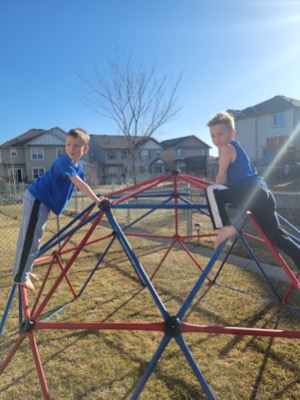 regulation, and when he is engaging in activities such as swinging or jumping, it is pretty easy to tell that he is happy. regulation, and when he is engaging in activities such as swinging or jumping, it is pretty easy to tell that he is happy.
The next thing I want for my kids is for them to be included. This one is a bit trickier, as it depends on others being kind. Luckily, we have encountered many kind people throughout the years. The boys have wonderful classmates who include them at school, and friends who invite them to parties and playdates as well.
Recently, we went to visit my sister-in-law, her husband, and their two boys who are the same ages as our boys. We had a wonderful weekend watching the cousins interact. I was really impressed with how well their boys included our boys. They shared their toys so that Kelton could make a nest with them; participated in their repetitive routines with them, including watching The Floor is Lava on repeat; they learned some ASL (American Sign Language) and even tried communicating with the boys using the iPad with Proloquo2go.
My favourite moment of the weekend was a very simple one. We were fortunate to be able to celebrate Hunter’s 7th birthday while we were visiting. It took place at a large indoor playground, and while we waited to get checked in, Kelton was growing increasingly impatient. When the other party guests began to play tag while they were waiting, Kelton started jumping excitedly in the middle of the group. When a little girl tagged him, Hunter realized that Kelton did not know the rules of the game, and made a point to always help Kelton tag him when he got tagged, so that he could still play and be included.
I was so impressed that a 7-year-old modified a simple game on the spot so that his little cousin could be included and still play. He made the accommodation so effortlessly that I had to hold back tears. For some, it may have just looked like a game of tag, but for me it was so much more! This is inclusion at its finest!
I made sure to tell Hunter how proud I was of him for being such a good cousin. His parents should definitely be commended as well! What a wonderful world we would live in if all parents raised their kids with an understanding of how to include others.
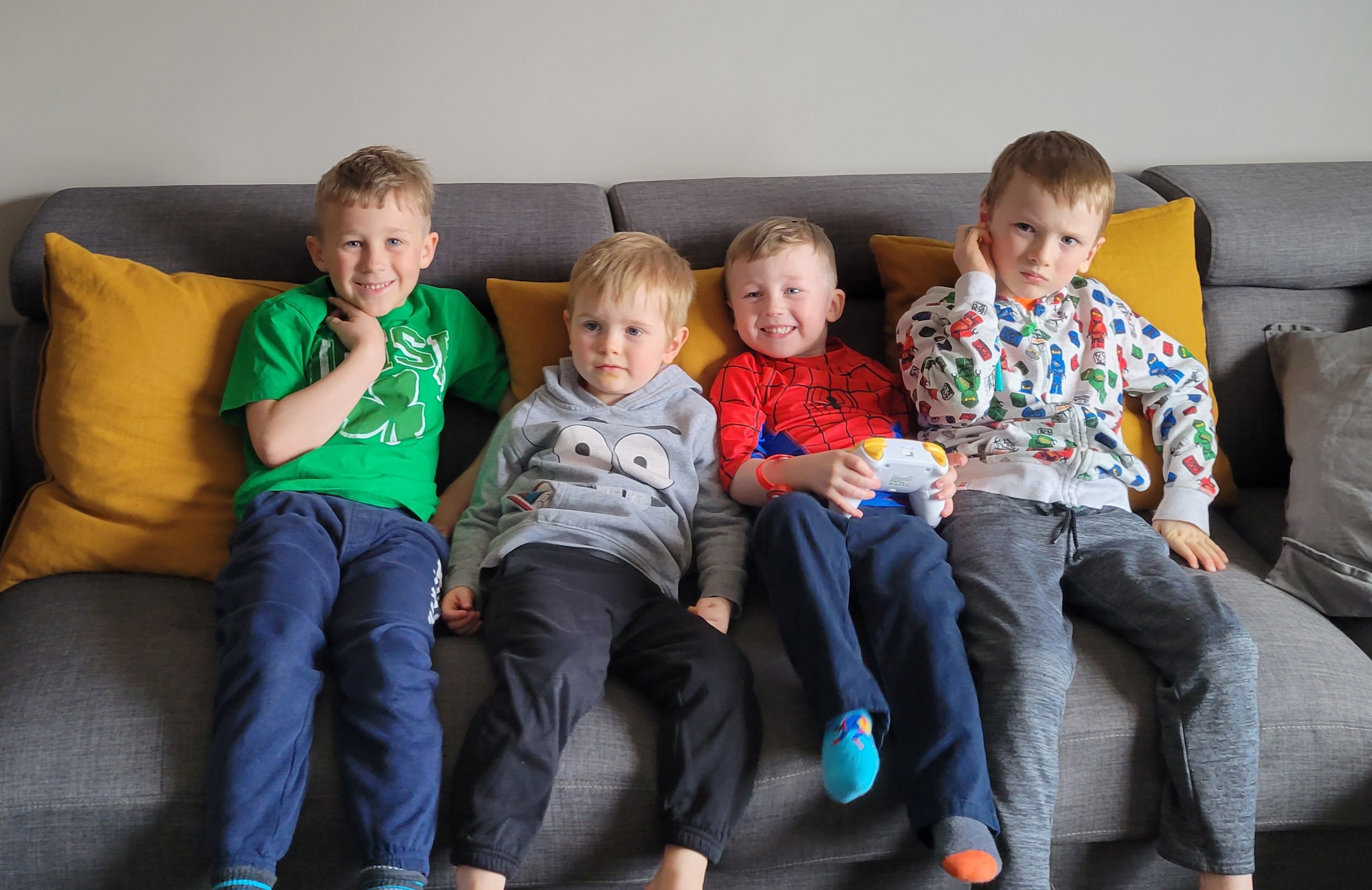
|
|
|
Cycle for Autism Edmonton
Looking for something to do over the weekend? Why not create a Cycle for Autism team and help Autism Edmonton raise funds that enable them to continue providing supports and services! To sign up to Cycle for Autism Edmonton, click HERE to register.

|
|
|
Scripting — Part 3
Carmen Moore
This month, I will wrap up the three-part series on the evidence-based practice (EBP) of ‘scripting’. First things first, gather all the materials that you may need for the script and implementation. These are necessary first steps. Depending on the learner, these can include:
- paper handouts of the script, cue cards with all or parts of the script(s)
- electronic devices with the script
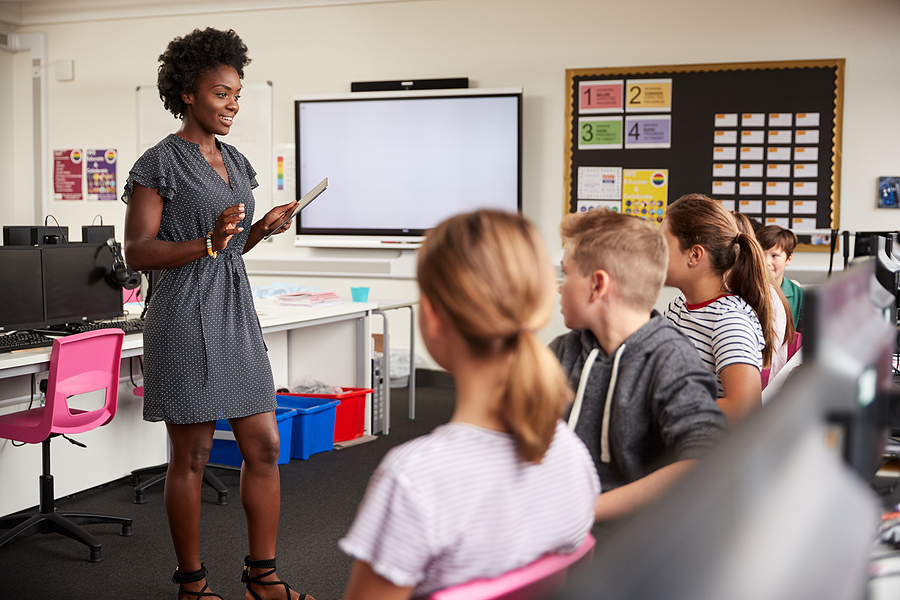
- labels on objects with scripts attached cueing what to say
- other related or relevant items that will cue a learner
- a visual, or visual schedule
- any other item that would be needed to prompt the learner to even refer to the script, as a reminder
Next, you want to ‘set the stage for success’ by doing three main things:
- Teach the learner prerequisite skills.
- Identify and train communication partners.
- Plan the activity.
What does all this mean? Prior to actually using the script, have the learner become familiar with the vocabulary that will be used in the script (especially if any is new or unfamiliar to the learner). The learner should also review how to approach the communication partner properly (body direction, gaining the listener’s attention, etc.), to help the conversation to be more successful. Ensure the staff/peer/communication partner is prepped to know how to respond, how to coach the learner if off track, and how to engage in an expected way. Some modeling or role-play first may be helpful for both parties.
Then, there are four main steps to using the script:
- Teach the script to the learner
- Engage with partner
- Fading
- Generalization
When you are teaching the learner the skill, you will address any new vocabulary that may be within the actual script. Then, have the learner practice the script using role-play and modeling if needed. One thing to consider is the environment that the learner is in when being taught to use the script: ensure it is in a quiet place with few distractions, if that is necessary. To get the learner engaged, you might need to include a reinforcer to gain engagement initially. Fade the reinforcer as soon as possible.
When all that pre-work is completed, when engaging with the partner it is important that the communicator has already been trained on how to interact with the learner, and understands fully how to use the script. For example, the instructor might first physically hand the script to the learner and verbally prompt, “read it,” then fade back to touching the learner on the arm and verbally prompting “read it,” then just verbally prompting “read it,” then just pointing to the script, then no prompt.
When we talk about fading, we mean one of two things:
- Fade out the prompts for using the script
- Fade out the actual script until it is memorized/internalized
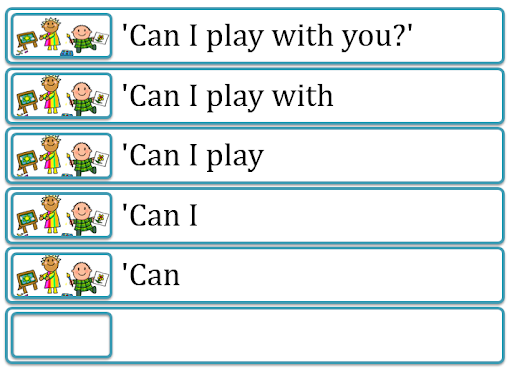
Lastly, we look to see if the script is being generalized to other environments, with other communication partners, other times of day, etc. For example: if the goal was for the learner to initiate communication with peers…
Consider the following when exploring generalization:
- Is the learner initiating with a variety of peers?
- Is the learner initiating with peers in a variety of settings or activities?
- Is the learner using any topics or language to initiate with peers that are different from what was originally taught in the script?
If the learner has shown generalization and success, choose a new goal in which to use scripts and begin the process all over again! If not, it may be valuable to re-introduce the scripts in a new context with any changes or adaptations as needed. Possibly, the reinforcers or prompts were pulled too early.
This EBP has worked for me both personally and professionally many times. It may seem like a lot of ‘front work’, but it has definitely paid off in spades for the learners that have gone through the process from start to finish. I hope that it can work for you and any learner that tries this from start to finish.
Much of the information in this article is from the related AFIRM online module. It is free to sign up for AFIRM here.
|
|
|
Centre for Autism Services Alberta
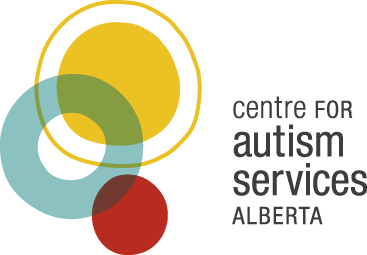
The Centre for Autism Services Alberta has lots of exciting things coming up in May and beyond!
- New AIDE Canada Workshop: Early Engagement Tips for Parents – Monday May 9, 2022 from 6:00 – 7:30 pm MDT presented by Centre for Autism Services Alberta Speech-Language Pathologist, Arianna Bailey. Parents and caregivers will gain practical tools for promoting connection and communication in daily routines, and attendees will leave with ideas that they can use at home, at school, and in community settings.
- We’ve got Summer Camps for children and teens with ASD, ages 3-17 years old! Learning new skills, having fun, making friends, and creating summertime memories in a safe, supportive environment – that’s what our summer camps are all about. Centre summer camps are designed for all kids with autism, regardless of the impact of their diagnosis. All camps are supervised by Centre-trained aides and employ a high staff-to-camper ratio. Each week of camp for all age groups has a different, super fun theme to choose from!
- Registration is now open for:
- Little Aces (Ages 3-5) – 5 day, half-day camps, 6 great themed weeks to choose from
- Junior Aces (ages 5-8) – 5 day, full-day camps, 7 great themed weeks to choose from
- Camp Ace (Ages 9-12) – 5 day, full-day camps, 7 great themed weeks to choose from
- Registration for Teen Camp will be open for Centre families on Monday, April 25, at 9:00 am and is password protected. Password protection will be lifted and public registration will open on Monday May 2, at 9:00 am.
- Fall 2022 Registration for Preschool & Kindergarten – Did you know that the Centre for Autism Services Alberta in Edmonton offers onsite Preschool and Kindergarten PUF programs? We offer specialized programs dedicated to children with developmental disabilities, and our programs use play as a foundation for learning! Program applications are currently being accepted for fall 2022. Fall programming will take place onsite at our NEW location! 9535-50 Street NW.
For info on eligibility, and to apply, email Joanne at puf@centreforautismab.ca or call 780-488-6600. For general information on our PUF programs, please visit the PUF page on our website here.
- Thinking about getting a job? Our EmploymentWorks program offers employment readiness training and job sampling work experience for individuals with a disability, including but not limited to ASD. With in-person, online, and hybrid streams available, there’s an option that suits YOU! We are now offering EmploymentWorks in select high schools around Edmonton, as well as condensed summer programming for high school students.
To inquire and to register, send us an email at Employment Works. Start your job search today!
|
| |
|
|
Understanding Echolalia in Autism Spectrum Disorders
Maureen Bennie

From the Autism Awareness Centre Inc. Blog
Echolalia is the precise repetition or echoing aloud of words, sounds, or sentences. An autistic child may repeat the words of people they know (family, friends and teachers) or say sentences from their favourite videos and films. I remember when my son, Marc, was in elementary school, he could repeat entire scenes word for word from the BBC’s Pride and Prejudice.
There are different types of echolalia. When a child repeats words right after they’ve heard them, that is called immediate echolalia. When words are repeated at a later time, this is called delayed echolalia. In the case of delayed echolalia, the sentences may seem unusual because they’re used out of context. Marc used to say, “Do you want to play some more?” any time he wanted to stop an activity because he heard that phrase from his speech pathologist who was trying to get him to continue with an activity when he wanted to stop.
Why do autistic children use echolalia?
Typically developing children begin learning language by first understanding and using single words, and then gradually stringing them together to make phrases and sentences. Autistic children learn language differently. Their first attempts at language may be more in chunks like phrases and sentences as they are unable to break down units of language into smaller parts. These memorized sentences may be more grammatically complex than they could construct on their own and the individual words may not be understood.
An example of this is a parent may say, “It’s time to eat your dinner.” Every time it’s suppertime, the child says that sentence – “It’s time to eat your dinner” – but they are not yet able to use those words individually or understand their meaning. We can help children who use echolalia by teaching them how to break down longer chunks of language and understand what the individual words mean so that they can use them more flexibly. dinner” – but they are not yet able to use those words individually or understand their meaning. We can help children who use echolalia by teaching them how to break down longer chunks of language and understand what the individual words mean so that they can use them more flexibly.
Verywellhealth’s article Why Your Child With Autism Echoes Words and Sounds states 3 reasons why children use echolalia in speech patterns:
- Self-stimulation: Often called “stimming,” this use of echolalia speech patterns is meant as a calming strategy. The repetition can be used to cope with overwhelming sensory challenges.
- Prefabrication: The use of repeated phrases and scripts helps to communicate when it is too difficult or stressful for the speaker to form their own original words.
- Self-talk: Memorized phrases may help a child to talk themselves through a difficult process using phrases heard from parents, teachers, or television.
Repetitive echolalia speech patterns may be used for different reasons and those purposes can change over time. It’s also possible for a child to use echolalia for multiple purposes at the same time. Think of echolalia as a key first step toward more typical forms of spoken communication.
Echolalia is a way to communicate
In Hanen Certified SLP Lauren Lowry’s article 3 Things You Should Know About Echolalia, she listed a few reasons how echolalia can have a communicative purpose:
- To ask for things (e.g. a child might say “Do you want a cookie?” to ask for a cookie, as he’s heard others offer cookies this way before).
- To start an interaction or keep it going (e.g. a child might initiate a game of hide and seek by saying a line from the game, like “Ready or not, here I come!”).
- To draw someone’s attention to something (e.g. a child might draw attention to something he’s noticed by using a line he’s heard before to draw attention to something else, like “It’s a bird, it’s a plane, it’s Superman!”).
- To protest something (e.g. if a child imitates “You don’t want to wear those pants?” as his parent is getting out his clothes, he might really mean “I don’t want to wear those pants”).
- To answer yes (e.g. if a child imitates “Do you want some yogurt?” right after he’s been asked that question, he may actually want some yogurt and really mean “yes”).
When trying to figure out the meaning behind echolalia, look at the context and remember the time when the child may have heard the phrase. I used both of these techniques when trying to determine what Marc really meant to say when using the sentences he spoke. Keeping a language journal can be helpful too, so that you can let other people who are involved in a child’s life know what those phrases really mean.
How to model language
Here are a few ideas on how to model language for a child who is echolalic:
- Use language that will still make sense and be appropriate if echoed. “Time for bed” works better than “Are you ready to go to bed?”
- Model short phrases even if the child can speak using long, memorized sentences. The child needs the simplicity to connect the meaning with the words even though their memory allows them to say longer phrases and sentences. We began with “I want ______” with our son.
- Avoid using questions if the child doesn’t answer questions yet.
- Use names instead of pronouns as pronouns are often confusing and not understood. Even as adults, both of my children struggle with pronoun usage.
- Expect comprehension difficulties. Children who understand language well do not routinely echo whole sentences to communicate.
- A child will need direct instruction on using pronouns and answering or asking questions, but for now, avoid them to minimize confusion while they master early speech and communication skills.
- Make comments on things a child is doing (while eating, playing, driving, bath time). For example, at bath time – “Washing your ears, filling the tub with water, pulling the plug.”
Be sure to use visual supports to help support language development, build vocabulary, and turn pictures into words. Keep modeling language, commenting, and speaking in simple sentences to foster comprehension. Think of echolalia as a stepping stone or a bridge to more flexible language.

|
|
|
Children’s Autism Services of Edmonton
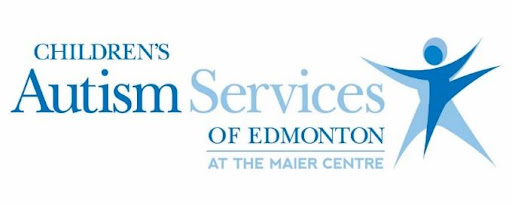
My Autism Channel
Children’s Autism Services of Edmonton is excited to share that they are partnering with My Autism Channel to help launch a new video on demand (VOD) site! My Autism Channel will be the leading source of reliable, cutting-edge information about autism. This channel will provide a platform to share the voices and perspectives of autistic adults, along with information and strategies from leading professionals in the field. My Autism Channel is now live! Sign up and get access to over 80 hours of video with new content coming each month. For more information and how to sign up, visit My Autism Channel HERE.
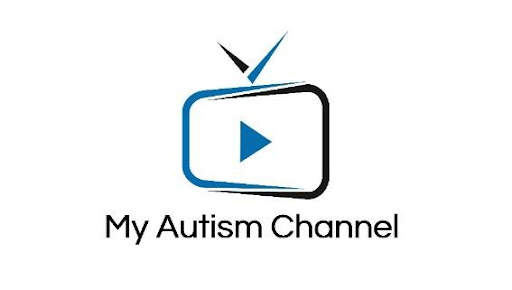
Attention All Golfers!
The Maier Centre for Autism Charity Golf Tournament in support of Children’s Autism Services of Edmonton will be held on June 10th, 2022 at the Quarry Edmonton Golf Club.
It’s going to be an exciting golf event, with breakfast on-the-go, a banquet lunch at the clubhouse, a silent auction, prizes, and some friendly competition.
This golf tournament is ideal for anyone wanting to align themselves with a high-profile event that supports children and families in our community. Like so many industries and businesses, it has been another difficult year for our non-profit organization as well. We are grateful that we can host our golf tournament again this year and appreciate your support.
The demand for services continues to rise and your support makes an important difference in the autism community. Funds raised will allow families to improve their quality of life through critical respite for families and summer camps.
For more information and to register visit our website HERE.

|
|
|
Maria's Next Chapter
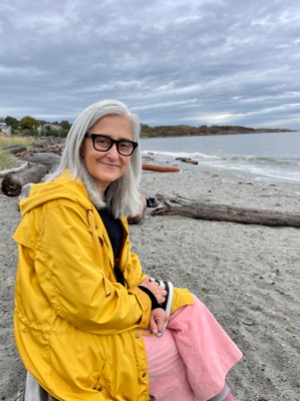
This month, we had to say farewell to our dear friend and colleague Maria Vial. Maria has worked in many roles over the years with Autism Calgary and Autism Society Alberta, most recently leading the team of Family Resource Coordinators across the province. While we will all dearly miss Maria’s smile, enthusiasm and energy, we wish her the very best as she moves on to the next chapter of her life. We look forward to receiving updates from her on all her creative endeavours.
|
|
|
Let Your Inner Writer Free

We’re always looking for new contributions to our Autism Around Alberta newsletter!
Send any questions or article submissions to AAA@autismalberta.ca
|
|
|
|
|